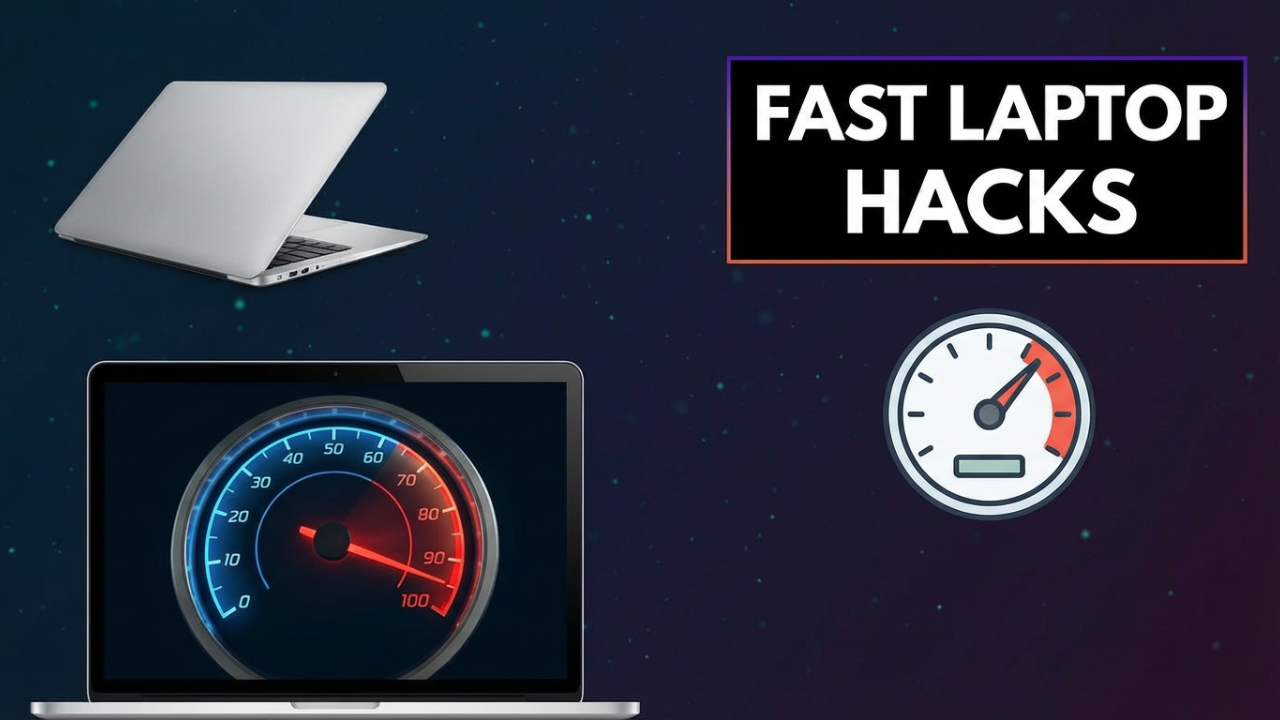How Computer Works
Understanding how computer works is an interesting topic to learn, in this blog post, we are going to teach the fundamentals. In the modern era, computers have become an indispensable part of our daily lives, affecting how we communicate, work, and interact with the world. At their core, computers are complex machines that process data at incredible speeds, enabling users to perform a vast array of tasks, from the simplest calculations to advanced scientific simulations. To comprehend the operational intricacies of computers, it is essential to understand their fundamental components, architecture, and the processes through which they execute tasks.

The Fundamental Components of a Computer
A computer primarily consists of hardware and software. The hardware encompasses the physical components of the computer, whereas software refers to the set of instructions that tells the hardware what to do and how to perform its tasks.
Hardware Components
- Central Processing Unit (CPU): Often referred to as the “brain” of the computer, the CPU is responsible for executing instructions from software applications. It consists of an arithmetic logic unit (ALU) for mathematical operations, a control unit for directing operations, and registers for temporarily storing data.
- Memory: Memory plays a crucial role in a computer’s operations. There are two main types of memory:
- Random Access Memory (RAM): A volatile memory that stores data and instructions currently in use, allowing for quick access. The data is lost when the power is turned off.
- Read-Only Memory (ROM): A non-volatile memory that contains essential instructions for booting the computer, which remains even when the power is off.
- Storage: Unlike memory, storage provides long-term data retention. Common storage devices include Hard Disk Drives (HDD), Solid State Drives (SSD), and external storage solutions. These devices enable users to save and retrieve data as needed.
- Input and Output Devices: Input devices, such as keyboards and mice, allow users to interact with the computer, while output devices, like monitors and printers, communicate the results of computations back to the user. These components form the essential interface through which humans and computers interact.
- Motherboard: The motherboard is a circuit board that connects all components of a computer, including the CPU, memory, and storage devices. It facilitates communication between all hardware parts, making it a vital aspect of a computer’s architecture.
Software Components
Software is the driving force behind computers, creating an interface between the user and the hardware. This category can be divided into two main types:
- System Software: The operating system (OS) is the primary example of system software. It manages the computer’s hardware and provides common services for application software. Popular operating systems include Microsoft Windows, macOS, and Linux.
- Application Software: This type of software is designed to help users perform specific tasks, such as word processing, web browsing, or database management. Examples include Microsoft Office, Adobe Creative Suite, and web browsers like Google Chrome.
The Computer Processing Cycle
The operation of a computer can be understood through a cycle known as the Input-Process-Output (IPO) model:
- Input: The process begins when data is entered into the computer via input devices. For instance, a user types text into a document using a keyboard.
- Processing: Once the data is input, the CPU takes over. It retrieves the necessary data from RAM, executes the relevant instructions, and processes the information accordingly. This may involve computations, comparisons, or data manipulation based on the instructions provided by the software.
- Output: After processing, the output is generated. This output can take various forms, such as visual representations on a monitor, printed documents, or audio signals through speakers. The results are conveyed back to the user, completing the cycle.
The Role of Binary Code
Underpinning all computer operations is the concept of binary code. At the most fundamental level, computers communicate using two states: on (1) and off (0). The CPU processes information in binary form, using a sequence of bits (binary digits). Each bit represents a binary state, and combinations of these bits allow the representation of complex data types such as numbers, letters, and images.
This binary code is crucial for encoding and decoding data, performing calculations, and executing program instructions. High-level programming languages, such as Python or Java, are eventually translated into machine code, which is then executed by the CPU in a binary format.
Networking and Connectivity
In today’s interconnected world, computers are often part of larger networks. This networking capability allows multiple computers to communicate and share resources, such as files and internet connections. The proliferation of the Internet has dramatically changed how computers operate and interact.
Networks use a variety of protocols to ensure data is transmitted securely and efficiently. The most commonly used protocol is TCP/IP (Transmission Control Protocol/Internet Protocol), which governs how data is packaged, addressed, transmitted, and received over networks.
Moreover, cloud computing has transformed how data is stored and processed, allowing users to access applications and data from virtually anywhere with internet connectivity. This revolutionary approach enables collaboration and resource sharing across global platforms.
Conclusion
The workings of a computer are a remarkable interplay of hardware and software, operating in tandem to process data and deliver outputs. Understanding how computers function at a fundamental level provides insight into their capabilities and the roles they play in society. As technology continues to evolve, the design and functioning of computers will likely become even more complex and integral to every facet of life. By gaining knowledge about computer operations, individuals can harness this technology effectively, driving innovation and enhancing their productivity in an increasingly digital world.






